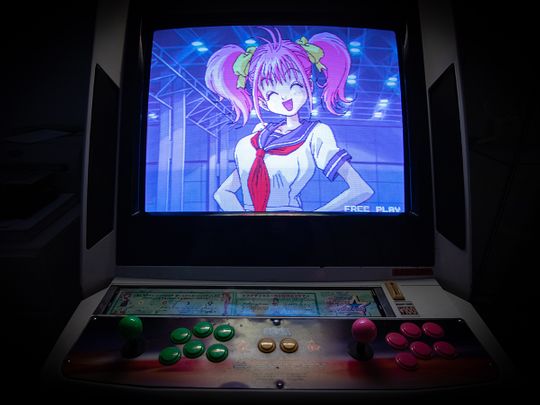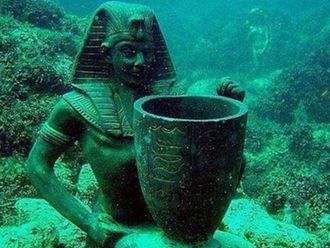
It’s reasonable to think that animated shows and films are for children. But did you know that over 60 per cent of the world’s animation is anime, and geared towards young (and older) adults?
Click start to play today’s Word Search and spot “Naruto”, one of the most popular anime shows on television right now.
Anime, a style of Japanese film and television animation, is either hand-drawn or computer generated. Here are four quick facts to introduce you to this artform, which is beloved by people all over the world:
1. It’s a multi-platform business
Anime is often designed as a franchise, and other media forms cash in on its popularity. For instance, if an anime series is not based on a manga (Japanese comics or graphic novels), then one might be developed alongside it. Series can also get video game adaptations, and live shows or musicals are produced to promote the show. In 2019, the anime industry was valued at around $24 billion (Dh88 billion), according to US-based news magazine Forbes.
2. Characters grow and change
Whether it’s Mickey Mouse from 20 years ago or a newly created cartoon from yesterday, you’ll notice he hasn’t gained a wrinkle as time has passed. In Western cartoons, characters often remain ageless, even if series have gone on for decades. However, anime characters are often allowed to grow, get old, and have realistic story arcs. Goku and Naruto for instance, become adults and even have children, some of whom have gone on to become anime characters of their own.
3. It’s an art form
The Japanese Ministry of Education officially recognised anime as an art form in 2000. Anime characters are often drawn with long slender lines, and have an iconic trait – large eyes with a noticeable shine and unnatural colours. Even low-budget anime productions have a unique sense of style and artistic flair.
4. Hero or villain? It’s anyone’s guess
In Western cartoons, there are usually stereotypical notions of who is the hero and who is the villain. In teams of superheroes, there are also usually just one or two women leaders. However, in anime, anyone can be a hero – even a duck, as in the show Princess Tutu. Sometimes, there are entire teams of women with a range of personalities, all displaying heroic behaviour.
Do you watch anime? Play today’s Word Search and tell us at games@gulfnews.com.







